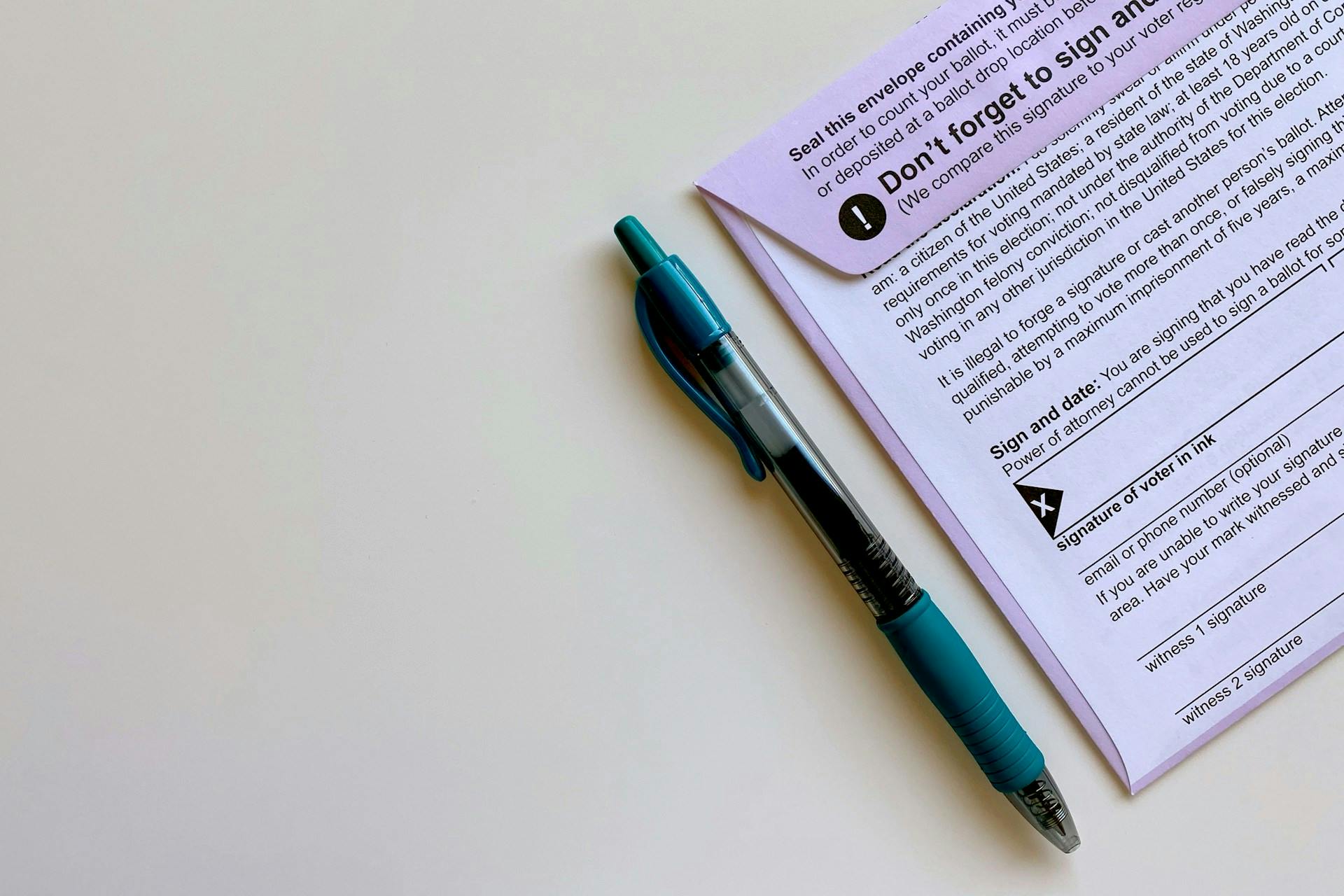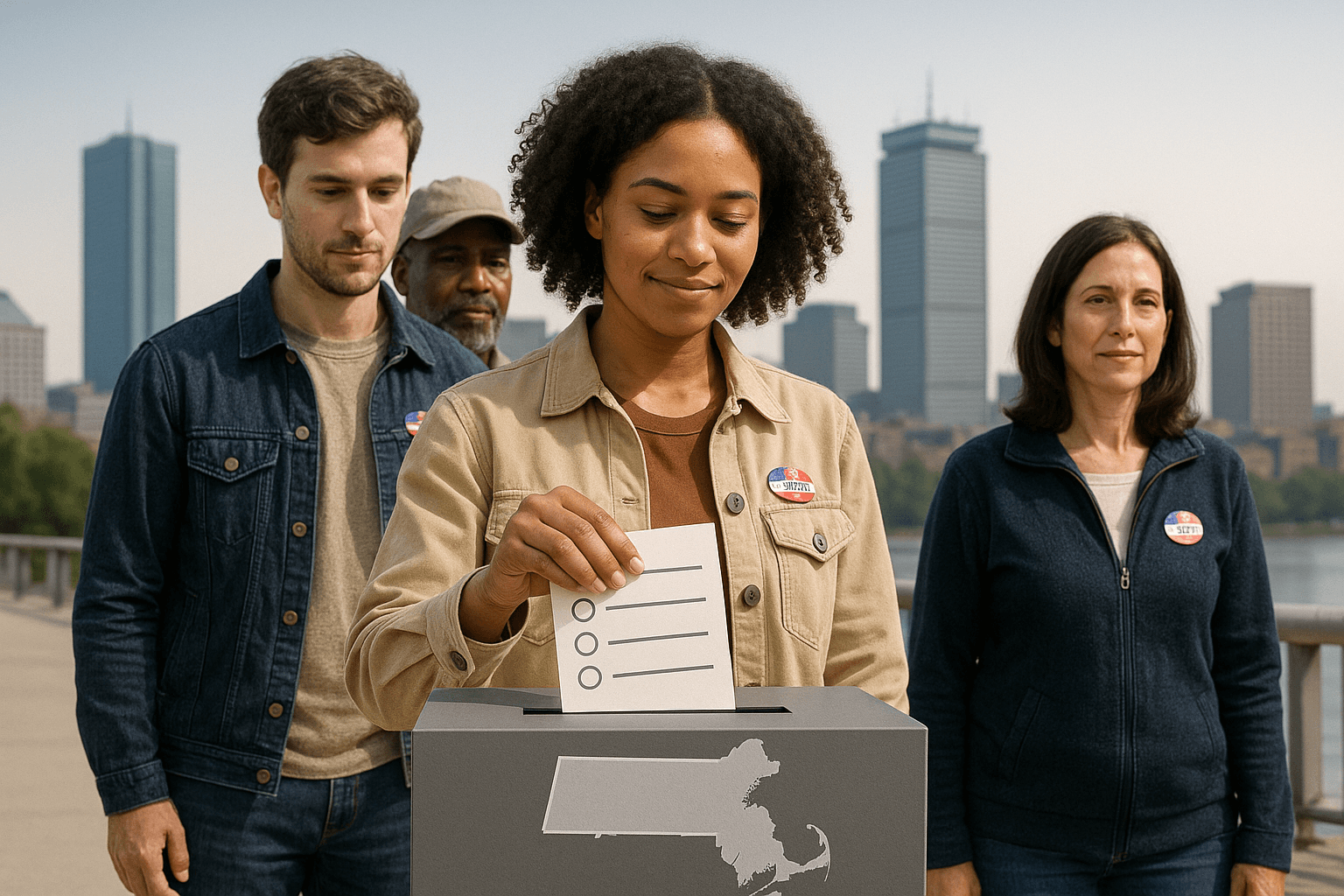New Report Finds Universal Vote at Home States Nearly Double Turnout in 2024 Primaries

The National Vote at Home Institute (NVAHI) released a new report Monday that states with Universal Vote at Home (VAH) saw nearly double the voter turnout in the 2024 primary elections compared to states that didn't offer it.
The report highlights the stark difference in participation rates, as only 44 million of an estimated 235 million eligible citizens cast ballots in the 2024 primary cycle — fewer than 1-in-5 voters.
However, VAH states surpassed this national participation rate. The latest analysis found that these states reached 30% of eligible citizens and 34% of registered voters.
In contrast, turnout in non-VAH states was significantly lower, at just 16% of eligible citizens and 19% of registered voters.
“This means a super minority of voters are determining the outcomes of primary races that now effectively decide an estimated 90% of winners for top federal and state offices,” the report noted.
ALSO READ: Extreme Minority Rule in America Is Worse Than You Think, Report Finds
Impact of VAH Seen Across All Age Groups
The NVAHI study also revealed a notable age gap in voter participation in the 2024 cycle.
The median age of primary voters nationwide was 65, with older voters turning out at a much higher rate. Voters aged 65 and older had a 36% turnout rate, which is 6 times higher than the dismal 6% turnout among voters 18-34.
However, VAH states showed improved turnout across all age groups. Washington is a notable example as turnout among voters 18-34 was 22%, 6 points higher than the next state, Montana.
Washington stands out as it and California, another VAH state with a 18-34 turnout of 15% (more than double the national rate), use nonpartisan top two primaries that allow all voters and candidates to participate.
LEARN MORE: How Do Primary Elections Work? An Overview and Legal Analysis
Increased Accessibility and Security
NVAHI Executive Director Barbara Smith Warner emphasized the accessibility benefits of the VAH system, particularly for underserved groups.
“Voting at home benefits all voters, regardless of party, but is particularly impactful for disabled people, younger voters, and those in rural communities,” she said. “Vote at Home means elections that are safe, secure, and accessible to all.”
Currently, 8 states and Washington, D.C., have adopted VAH systems, automatically delivering ballots to all active registered voters. With mounting evidence that VAH significantly boosts turnout, its supporters argue that expanding the practice could be key to increasing voter participation in future elections.
 Shawn Griffiths
Shawn Griffiths




